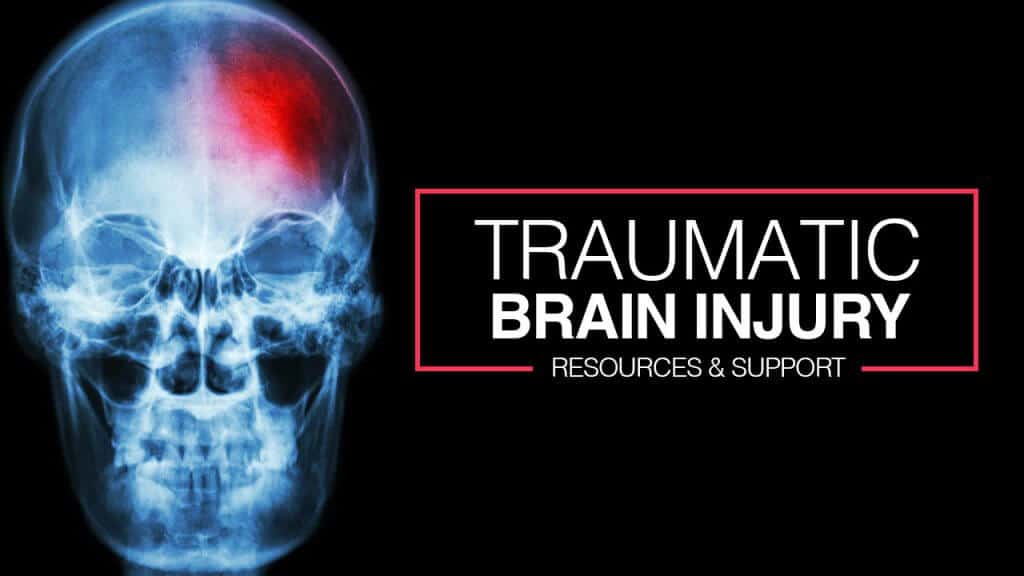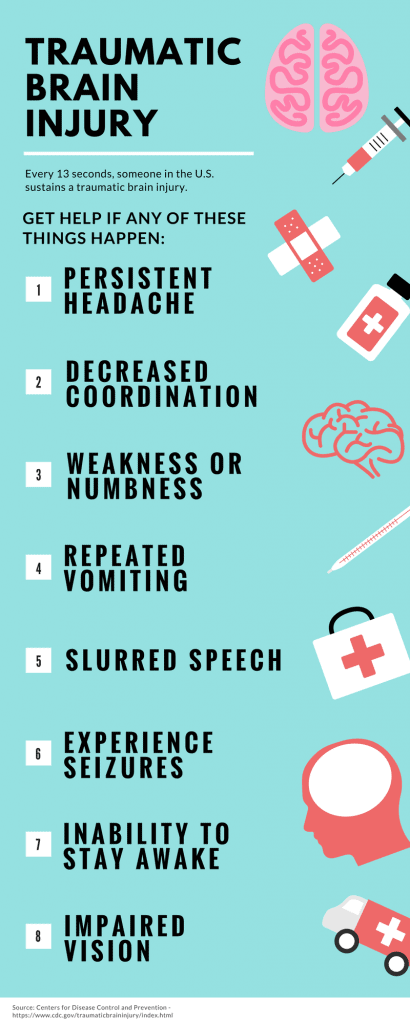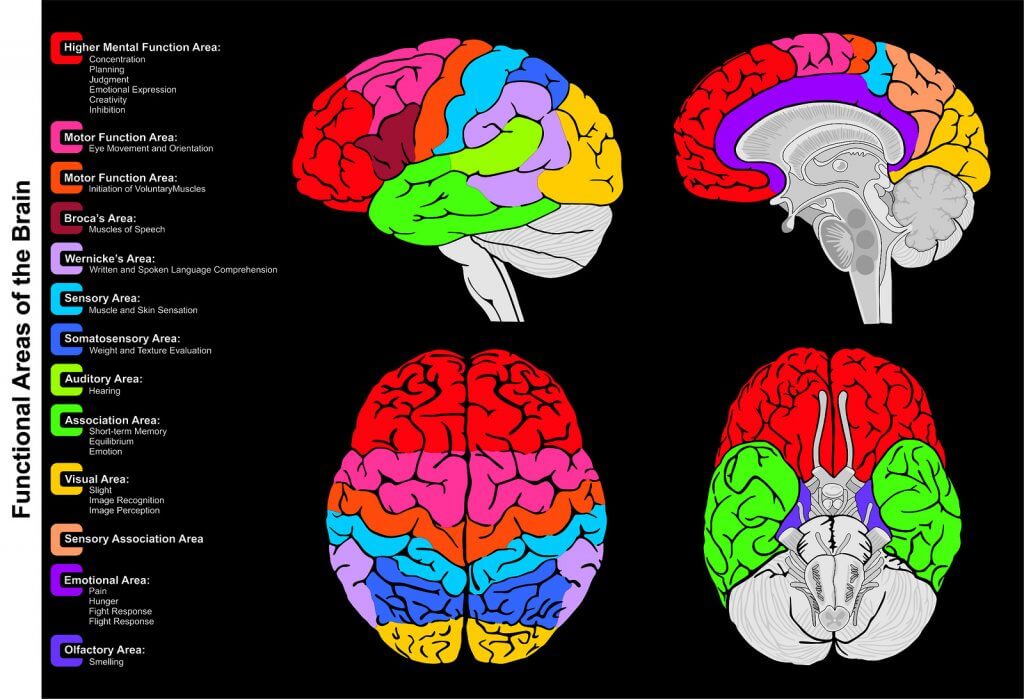Traumatic Brain Injury Resources & Support – Update

![]() In our continued efforts to support individuals suffering from traumatic brain injury we would like to highlight a new resource; TBI Tracker. TBI Tracker, is a brain injury symptom tracking app that allows users to track and review their symptoms over time. As users track their symptoms and record their data the web app allows them to export it to an Excel document and share it with medical professionals. The idea being, better data equals a better treatment plan.
In our continued efforts to support individuals suffering from traumatic brain injury we would like to highlight a new resource; TBI Tracker. TBI Tracker, is a brain injury symptom tracking app that allows users to track and review their symptoms over time. As users track their symptoms and record their data the web app allows them to export it to an Excel document and share it with medical professionals. The idea being, better data equals a better treatment plan.
What is a TBI?
A traumatic brain injury, otherwise referred to as a ‘TBI’, is a brain impairment caused by an external force, most of the time a powerful impact to the head. One of the challenges of a TBI is that often there are not visibly distinct signs of the injury, despite considerable changes in the person’s function. A traumatic brain injury can affect the physical and mental well-being of a person across all aspects of their life.
In order to prevent the occurrence of a TBI we must first understand what the causes of a TBI are. According to the Center for Disease Control and Prevention (“CDC”), a TBI is caused by a bump, blow, or jolt to the head that disrupts the normal function of the brain. Not all blows or jolts to the head result in a TBI. The severity of a TBI may range from “mild” (i.e., a brief change in mental status or consciousness) to “severe” (i.e., an extended period of unconsciousness or memory loss after the injury). Most TBIs that occur each year are mild, commonly called or diagnosed as concussions.
Causes of a Traumatic Brain Injury
 A TBI can be the result of a wide range of diverse events. In 2013, falls were the leading cause of TBI. Falls accounted for 47% of all TBI-related Emergency Department visits, hospitalizations, and deaths in the United States. Falls disproportionately affect the youngest and oldest age groups:
A TBI can be the result of a wide range of diverse events. In 2013, falls were the leading cause of TBI. Falls accounted for 47% of all TBI-related Emergency Department visits, hospitalizations, and deaths in the United States. Falls disproportionately affect the youngest and oldest age groups:
- More than half (54%) of TBI-related Emergency department visits, hospitalizations, and deaths among children 0 to 14 years were caused by falls.
- Nearly 4 in 5 (79%) TBI-related Emergency department visits, hospitalizations, and deaths in adults aged 65 and older were caused by falls. [1]
A brain injury that is the result of a fall is typically referred to as a closed head injury. In this case, the skull is not penetrated by outside forces but rather, the brain is injured as a result of a blow to the head, or a sudden violent motion that forces the brain to knock against the skull. Closed head injuries affect both the tissue, and cells of the brain as well as the area around the brain. The causes of these closed head injuries can range from a violent blunt force trauma to the head, a car accident, a work-related accident, a slip and fall, or an injury suffered to the head from a sporting/athletic event.
Deceleration injuries are a type of closed head injury in which the skull is in movement because of a strike or blow to the head, and rapidly stops or ‘decelerates’ due to the skull meeting a stationary object. Deceleration injuries are often the result of an automobile crash where the head strikes the inside of the vehicle, or are a result of a fall onto a hard surface. This deceleration causes the brain to move inside the skull and, as a result, the brain is slammed back and forth against the skull. This blunt force trauma forces a stretching and compressing action of the brain, which can injure or kill the neurons in the brain. If the blow to the head is severe enough, neuron death is almost inevitable[2].
Causes of a Traumatic Brain InjuryOther closed head injuries can be caused by a blast or sound, these are called blast injuries. In this case, the blow to the head is not from direct physical force but rather by concussive forces from the sounds or explosions. These types of injuries can be caused in industrial or construction settings, such as mining. In these settings explosions cause blast injuries when concussive sound waves apply force to the brain and body harming the brain and internal organs without physical contact.
Another cause of a traumatic brain injury would be an open head injury. This is where the skull is penetrated by an object with high-velocity such as a bullet, or by an object with low-velocity such as a knife. The penetration causes a skull fracture and damages brain tissue. These skull fractures are commonly classified classified as a:
- linear skull fracture
- depressed skull fracture
- basilar fracture, or
- diastatic fracture
The most common of these open head injuries is the linear skull fracture which accounts for 69 percent of all open head injuries[3]. Injuries suffered to the brain by a high-velocity object are commonly associated with long term damage such as impaired motor skills, speech, post-traumatic epilepsy and loss of memory. These high-velocity injuries have a 92 percent mortality rate[4]. Those who survive an open head injury can experience a number of severe complications. Complications include infections (like meningitis), dementia, seizures, coma and paralysis. An infection from an open head injury, will typically manifest in the brain or the surrounding membranes. This disruption of the blood-brain protective system can interfere with the normal neural function of the brain.
Traumatic brain injuries can also be the product of hypoxia or lack of oxygen. This can be caused by a heart attack, respiratory failure, or a depleted oxygen environment. When the brain is not receiving oxygen, it cannot function properly which can result in hallucination, confusion, and disorientation. The depletion of oxygen to the brain can cause irreversible brain damage; for example, the loss of memory and cognitive function.
Symptoms and Treatment of a Traumatic Brain Injury
 Symptoms associated with closed head injuries can be mild, showing up days or even weeks after the injury occurred or severe, which present themselves right away. The symptoms may, in certain cases, represent a concussion, which is a mild TBI but, in fact are much more serious if not properly diagnosed. These symptoms include:
Symptoms associated with closed head injuries can be mild, showing up days or even weeks after the injury occurred or severe, which present themselves right away. The symptoms may, in certain cases, represent a concussion, which is a mild TBI but, in fact are much more serious if not properly diagnosed. These symptoms include:
- Loss of consciousness
- Dilated pupils
- Respiratory issues
- Convulsions
- Headache
- Dizziness
- Nausea and vomiting
- Cerebrospinal fluid leaking from nose or ears
- Speech and language problems
- Vision issues
- Emotional and behavioral changes
Head injuries should not be taken lightly, over 90% of head injuries are diagnosed as mild-moderate TBIs. If you have any of these symptoms and you think they were caused by an injury to the head, do not wait to seek medical attention, see your doctor immediately. The effects of these injuries can prove to be fatal under severe conditions.
The overall damage caused by a TBI, and the challenges a person faces in their daily lives is related to which portion of the brain is affected. If a person suffers frontal lobe damage because of a TBI, they may develop long term behavioral and personality problems. If the middle and front of the brain are damaged, a person may experience cognitive issues and memory loss. Finally, when the back and lower part of the brain are injured, a person may develop vision problems – both distance and close-range vision can be affected.
The long-term effects of a traumatic brain injury are not easy to manage. In some cases, a person is put on prescription medication for an extended period of time. These medications range from pain management for headaches, shoulder, neck, spine pain, antidepressants for behavioral and mood problems, as well as medications to counteract seizures set on by the TBI. A person may also be put on heavy doses of sleep medication because sleep may be disrupted by a TBI.